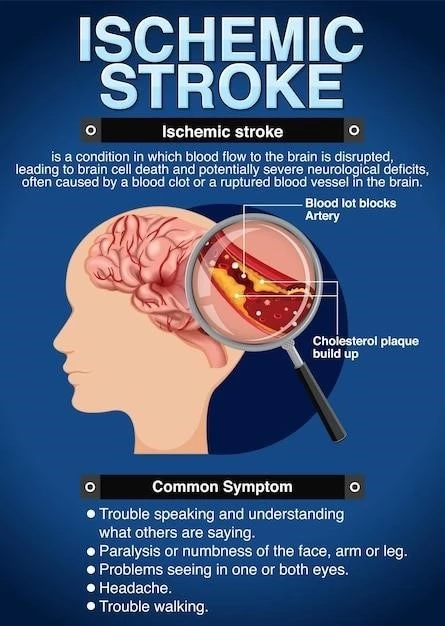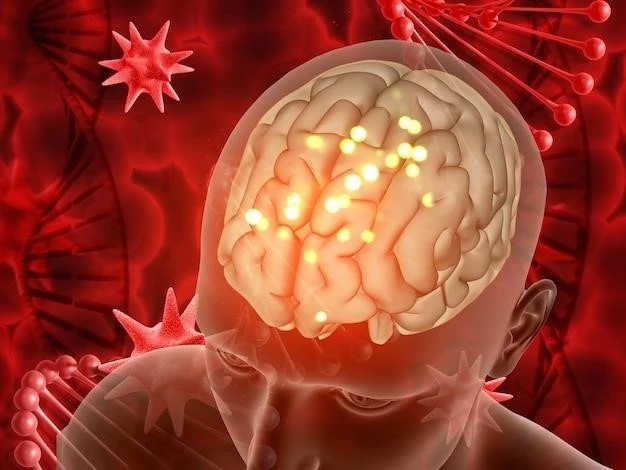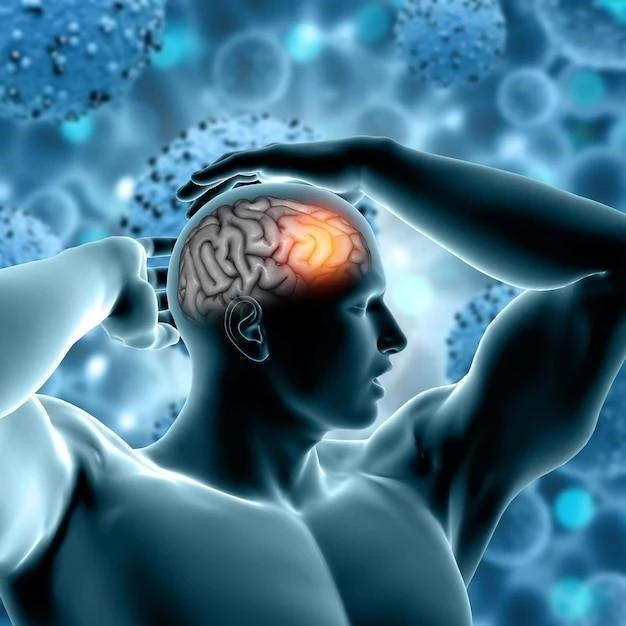Ataxia refers to the absence of voluntary muscle coordination, affecting gait stability, eye movement, and speech․ Spinocerebellar ataxia (SCA) is an inherited, progressive, and neurodegenerative disease primarily impacting the cerebellum․
Definition and Characteristics of Ataxia
Ataxia refers to the absence of voluntary muscle coordination, affecting gait stability, eye movement, and speech․ Spinocerebellar ataxia (SCA) is an inherited, progressive, neurodegenerative disease primarily impacting the cerebellum․ The condition results in a failure of muscle control, leading to balance issues, coordination disturbances, and mobility challenges for individuals affected by this disorder․
Understanding Spinocerebellar Ataxia (SCA)
SCA, an inherited, progressive, and neurodegenerative disease, primarily affects the cerebellum․ It leads to muscle control failure, causing balance issues, coordination disturbances, and mobility challenges due to cerebellar and spinal cord degeneration․
Symptoms and Manifestations
Oculomotor abnormalities, muscle control failure, balance issues, coordination disturbances, and gait stability are common in individuals with Spinocerebellar Ataxia (SCA)․
Understanding Spinocerebellar Ataxia (SCA)
SCA, an inherited, progressive, and neurodegenerative disease, mainly affects the cerebellum, leading to muscle control failure, balance issues, coordination disturbances, and mobility challenges․
Oculomotor Abnormalities in SCAs
Individuals with Spinocerebellar Ataxias commonly exhibit oculomotor abnormalities due to cerebellar impairments․ These abnormalities intensify as the disease progresses, potentially involving extracerebellar structures․
Dysmorphic Features Associated with Spinocerebellar Ataxia
Individuals with Spinocerebellar Ataxia may present with unique facial characteristics, such as rough and abundant hair, mild palpebral ptosis, thick lips, and down-curved corners of the mouth, in addition to dysarthria and other physical manifestations․

Genetic Aspects of Spinocerebellar Ataxia Dysmorphism
Spinocerebellar ataxias encompass a range of inherited neurodegenerative disorders, including autosomal dominant and autosomal recessive forms linked to specific gene mutations․
Autosomal Dominant Inheritance in SCAs
Spinocerebellar ataxias (SCAs) are genetic disorders inherited in an autosomal dominant pattern, impacting the cerebellum and spinal cord․ More than 40 specific gene mutations have been identified in association with various SCAs․
Autosomal Recessive Inheritance in Spinocerebellar Ataxia-Dysmorphism Syndrome
Spinocerebellar ataxia-dysmorphism syndrome is a rare hereditary disorder characterized by autosomal recessive inheritance․ The syndrome presents with distinct facial features, dysarthria, delayed psychomotor development, scoliosis, foot deformities, and ataxia, showcasing the genetic complexity associated with these types of disorders․
Clinical evaluation and structural imaging aid in diagnosing Spinocerebellar Ataxias, while genetic testing is crucial for identifying specific gene mutations associated with this neurodegenerative disorder․
Diagnosis and Characterization
Clinical evaluation and structural imaging are essential for diagnosing Spinocerebellar Ataxias, while genetic testing plays a crucial role in identifying specific gene mutations associated with this neurodegenerative disorder․
Genetic Testing for Spinocerebellar Ataxias
Genetic testing is essential for diagnosing various forms of Spinocerebellar Ataxias, enabling the identification of specific gene mutations associated with these inherited neurodegenerative disorders․
Therapeutic interventions aim to address symptoms like oculomotor abnormalities, muscle control failure, and balance issues associated with Spinocerebellar Ataxias․ Research focuses on developing effective treatments for this neurodegenerative disorder․
Therapeutic interventions aim to address symptoms like oculomotor abnormalities, muscle control failure, and balance issues associated with Spinocerebellar Ataxias․ Research focuses on developing effective treatments for this neurodegenerative disorder․
Treatment and Management Approaches
Therapeutic interventions aim to address symptoms like oculomotor abnormalities, muscle control failure, and balance issues associated with Spinocerebellar Ataxias․ Research focuses on developing effective treatments for this neurodegenerative disorder․

Case Studies and Familial Impacts
Family studies on SCA27 and SCA29 shed light on the impact of Spinocerebellar Ataxia Dysmorphism on familial dynamics, providing insight into the hereditary nature of these neurodegenerative disorders․
Family Studies on SCA27 and SCA29
Family studies on SCA27 and SCA29 provide valuable insights into the impact of Spinocerebellar Ataxia Dysmorphism on familial dynamics, highlighting the genetic complexity and hereditary nature of these disorders․
Impact of Spinocerebellar Ataxia Dysmorphism on Familial Dynamics
The impact of Spinocerebellar Ataxia Dysmorphism on familial dynamics highlights the complexities of hereditary neurodegenerative disorders, influencing family relationships, caregiving dynamics, and long-term planning․
